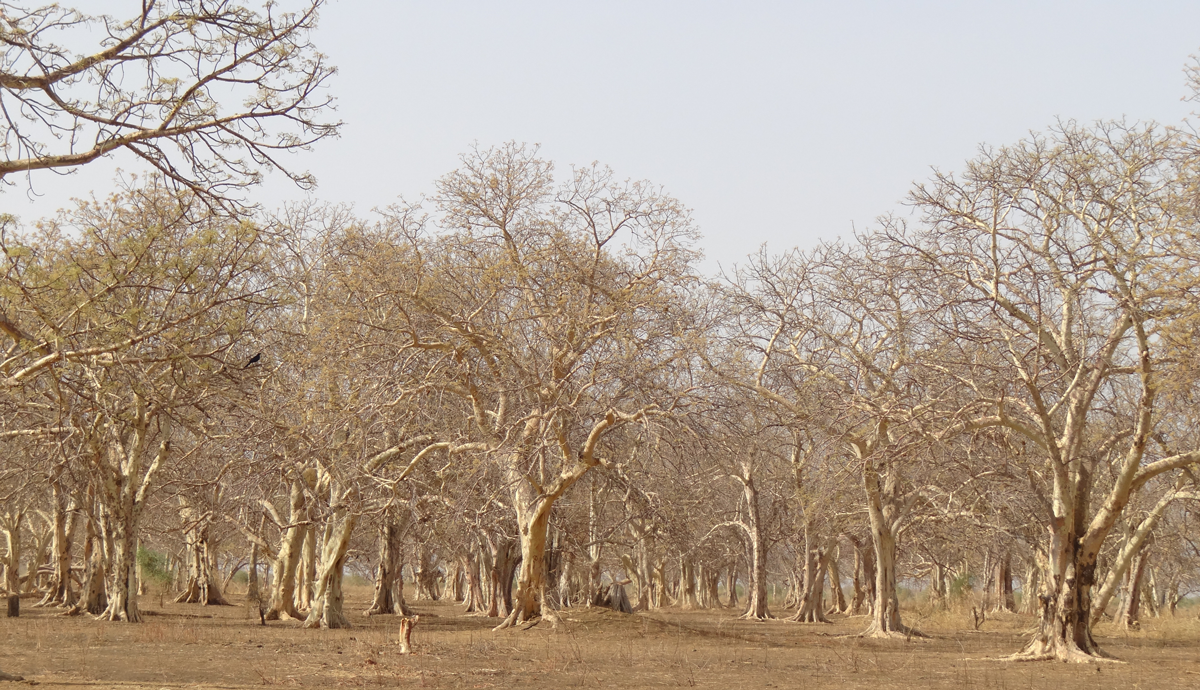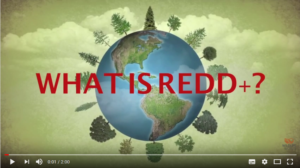Developing the Strategic Environmental and Social Assessment and associated deliverables for Sudan REDD+ Programme
- Responsible management
- World Bank
- Sudan
- 2020-2021
- reddplus-sesa.org

The project
The Strategic Environmental and Social Assessment (SESA) integrates environmental and social concerns during the formulation and subsequent implementation of the REDD+ strategy. It is a process that assesses the potential impacts from national REDD+ programs and policies, formulates alternatives and develops mitigation strategies.
Sudan’s SESA is complemented by an Environmental and Social Management Framework (ESMF), Resettlement Policy Framework (RPF), Process Framework (PF) and indigenous People’s Planning Framework (IPPF) which establish the principles, guidelines, and procedures for reducing, mitigating, and/or offsetting potential adverse environmental and social impacts, enhancing positive impacts and opportunities, and otherwise guiding potential investments towards compliance with relevant safeguards.
Upon completion of the SESA and ESMF Phase I (2017-2018) the SESA Working Group (SESA WG), along with the Project Management Unit (PMU) of the Forest National Corporation (FNC) and the World Bank (WB) concluded the SESA process needed to be further developed.
The objectives of the SESA Phase II are:
- To update and fill out the gaps of the SESA carried out during Phase I of the readiness process (see following for main gaps); and
- To perform the additional tasks relative to these gaps.
The problem
As with Phase I, the problem is once again the negative impacts of deforestation and forest degradation of Sudan’s national forests. And again, these negative causes of deforestation and forest degradation are called “drivers”. Reducing the negative impacts on Sudan’s forests by focussing on finding the most environmental and socially sound solutions to these drivers is what the strategy aims to do. In Sudan, this means improving practices and reducing negative impacts (the problems, also called “drivers”) that cause these negative impacts, see some listed in Etifor SESA Phase I.
The difference with Phase II is that in Phase I, of Sudan’s 18 states which the team were supposed to consult in on the environmental and social risks and impacts of the solutions proposed in Sudan’s national strategy, the team were only able to cover consultations in 12 of these states. This left a gap of 6 remaining states to consult in. Please see table below for some of the other gaps remaining from Phase I.
The solution
The SESA team will update the previous reports integrating the new information collected from the six remaining states to ensure complete representation of all stakeholder groups in all states in Sudan. The team will be working from a more complete version of Sudan’s REDD+ national strategy, ensuring that the most recent version of the solutions proposed for the drivers of deforestation and forest degradation are completely checked for their environmental and social potential risks and impacts. The Phase I outputs will be checked against the new information coming from these consultations and assessment and updated. Finally, alongside updates of the ESMF, the team will develop the remaining frameworks that will ensure that any future implementation activities mentioned in the national strategy, will be checked for instances of involuntary resettlement, restricted access and avoidance of adverse impacts on indigenous peoples.
- The Resettlement Policy Framework (to ensure avoidance of involuntary resettlement or, when unavoidable, minimize involuntary resettlement by exploring project design alternatives, assistance, compensation, livelihood restoration)
- The Process Framework (avoid restricted access, also through the above)
- The Indigenous Peoples Planning Framework (avoidance of adverse impacts of projects on Sudanese indigenous peoples, or when avoidance is not possible, to minimize, mitigate and/or compensate for such impacts).
Our contribution
Etifor’s is lead consultant on this project and in addition to managing many aspects of the project, more specific technical tasks include:
- Updating stakeholder information;
- Updating communication and consultation plan based on recent COVID situation within each state;
- Developing project communication material to disseminate and collect information to and from the relevant stakeholders;
- Creating and disseminate SESA stakeholders questionnaire;
- Technical development of the RPF, PF and IPPF;
- Supporting the development of the SESA and ESMF against the updated strategy options and new stakeholder consultations.


